POTD: The Izhevsk SVT-40 Tokarev - The Rifle That Armed The Red Army

A 1940 Izhevsk SVT-40 Tokarev followed the photographer home, and with kind permission, TFB is sharing these images in our Photo Of The Day. Widely used during the Winter War, some 80 years ago, the SVT-40 (Samozaryadnaya Vintovka Tokareva) is a Soviet semi-automatic battle rifle designed by Fedor Tokarev. Adopted in 1940 as an improvement over the earlier SVT-38, it was chambered in 7.62×54mmR and intended to give Red Army infantry greater firepower than the standard Mosin-Nagant bolt-action rifle.
The SVT-40 featured a short-stroke gas piston system, a 10-round detachable box magazine, and adjustable gas settings.
Production was centered in Izhevsk and Tula, with Izhevsk Mechanical Plant becoming the primary manufacturer after Germany’s invasion in 1941. By mid-1941, more than a million rifles had been produced, but wartime disruptions, high costs, and difficulties in training conscripts to maintain the rifle limited its widespread use.
The rifle also influenced later designs, notably the German G43 (no, not the Austrian Glock 43) and Soviet SKS. Although production declined sharply after 1942, with roughly 1.6 million rifles made, the SVT-40 remains a significant step in the evolution of Soviet small arms between the bolt-action and modern assault rifle eras.
Photos: Tim Orrock

Ex-Arctic Ranger. Competitive practical shooter and hunter with a European focus. Always ready to increase my collection of modern semi-automatics, optics, thermals and suppressors. TCCC Certified. Occasionaly seen in a 6x6 Bug Out Vehicle, always with a big smile.
More by Eric B
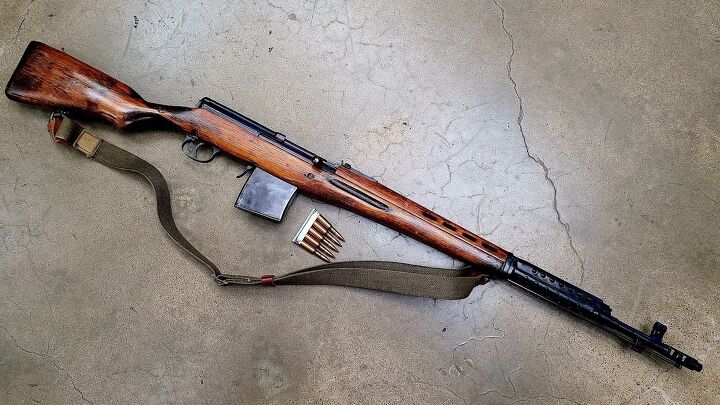










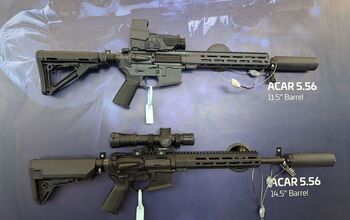
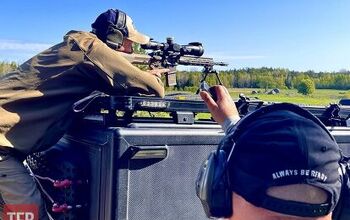


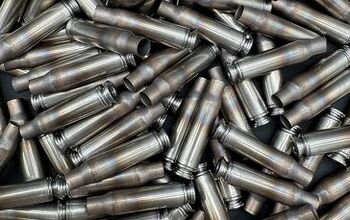




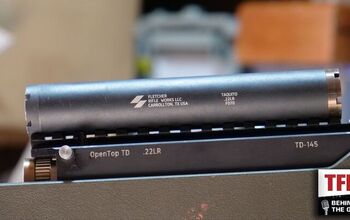


Comments
Join the conversation
Widely used during the Winter War, some 80 years ago, the SVT-40. For 3 1/2 months? The war ended March 13, 1940.
The Winter War started on 30 November 1939, which was 86 years ago and ended on 13 March 1940. The listed publication date of this article is 22 October 2025, so either the math is off or it was written several years ago. Either way, I don't see how a rifle that was adopted in July 1940 could have been available in time for the Winter War. According to my research, its predecessor, the SVT-38, was used by the Soviets in the Winter War and performed poorly, which led to its replacement by the SVT-40. This latter rifle then saw extensive service during the Continuation War (25 June 1941 – 19 September 1944), where some 15,000 were captured and used by the Finns.